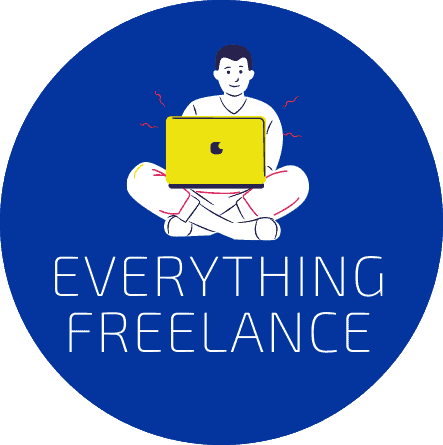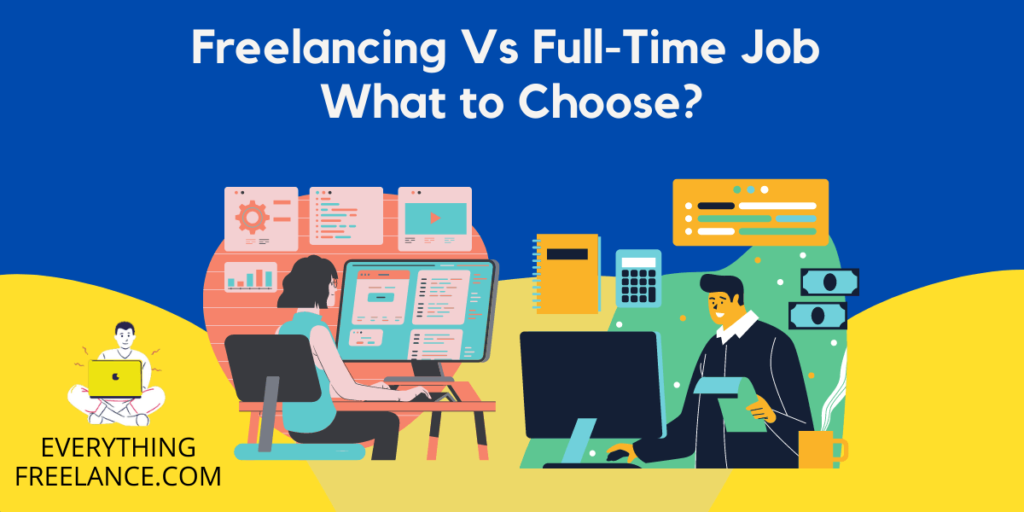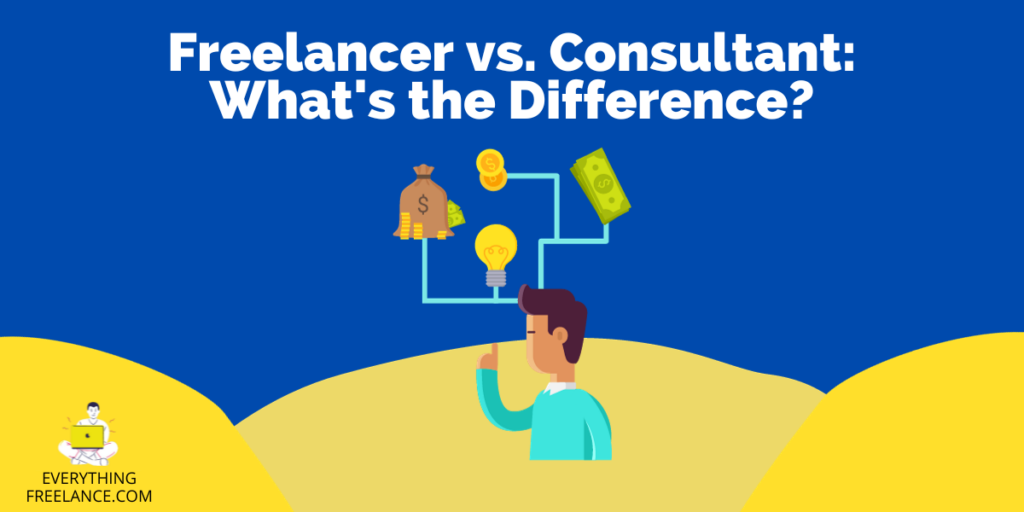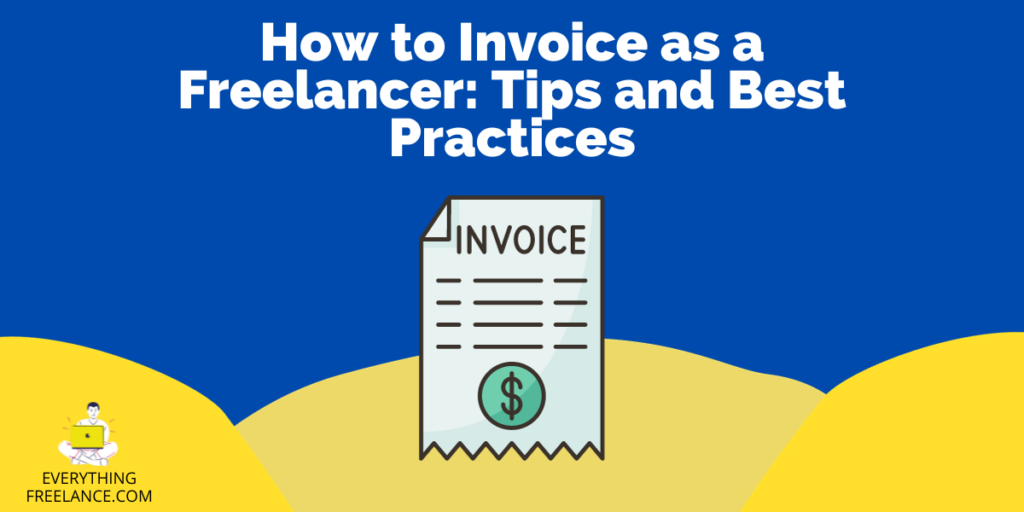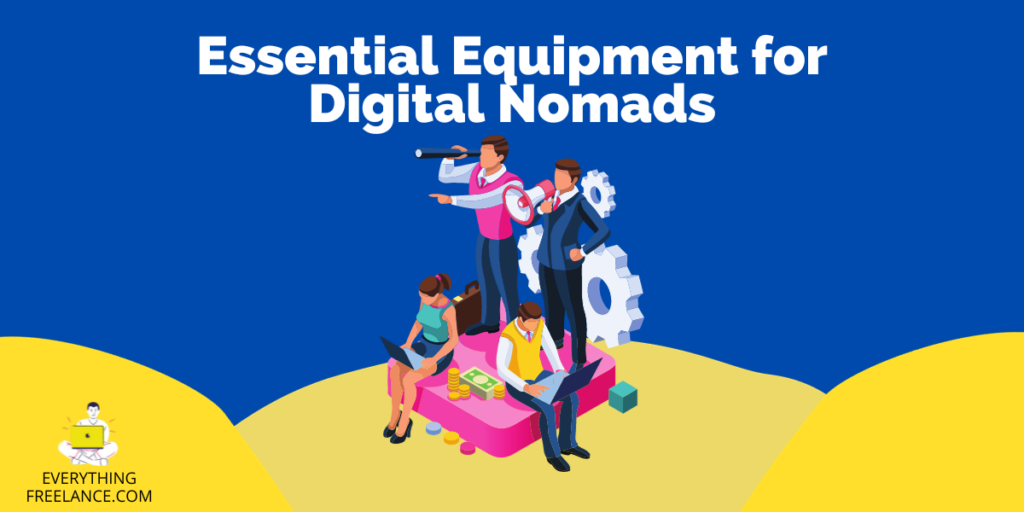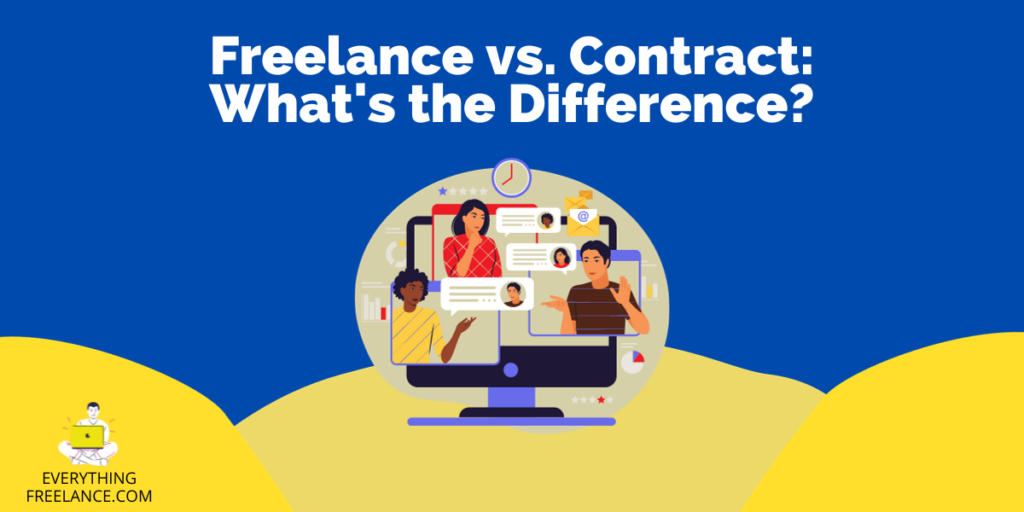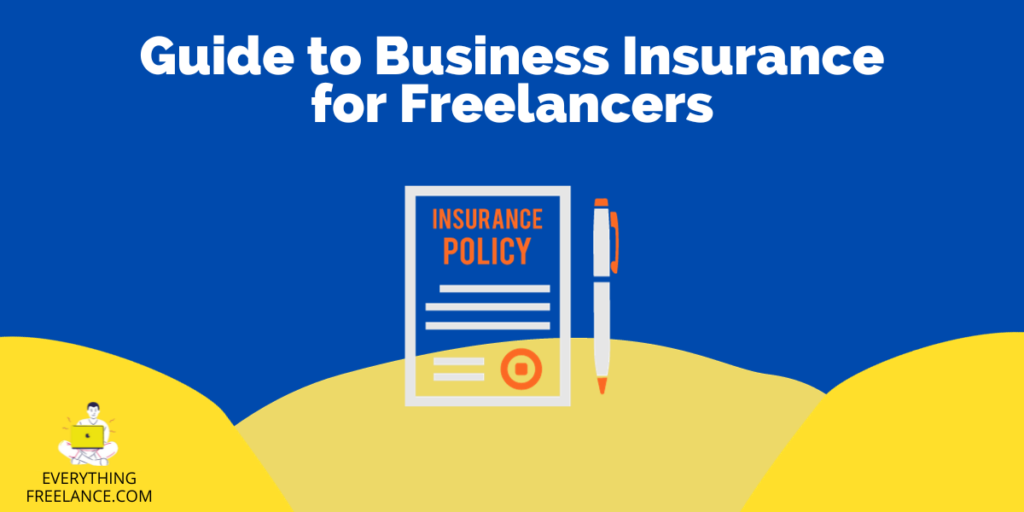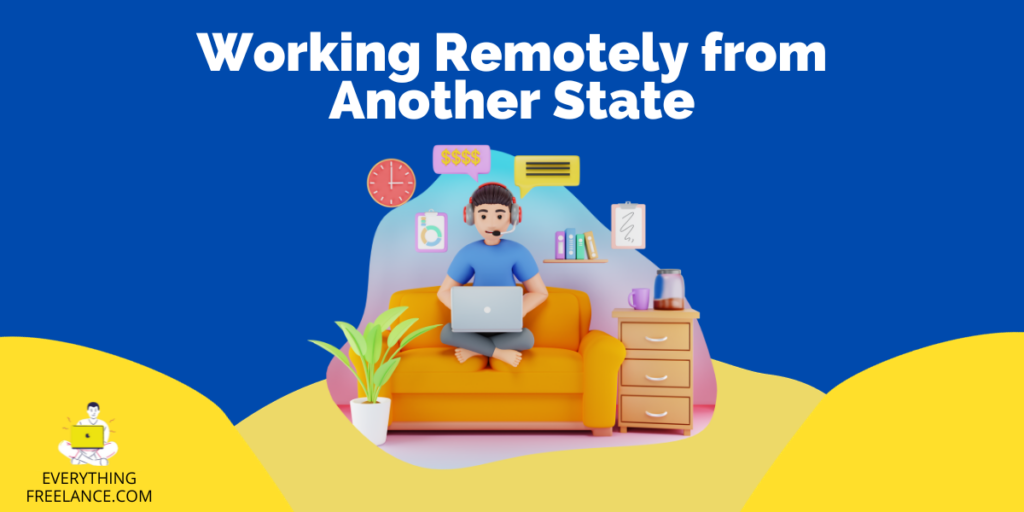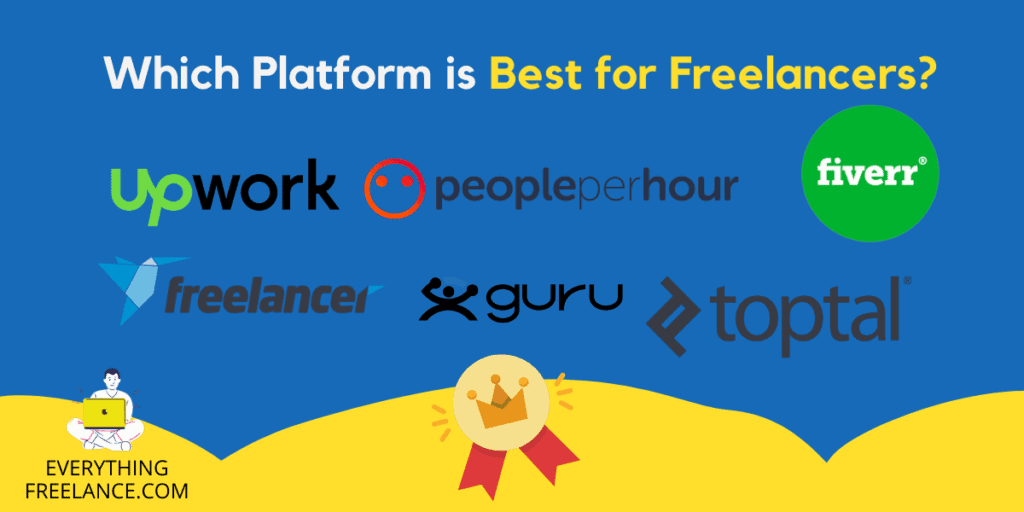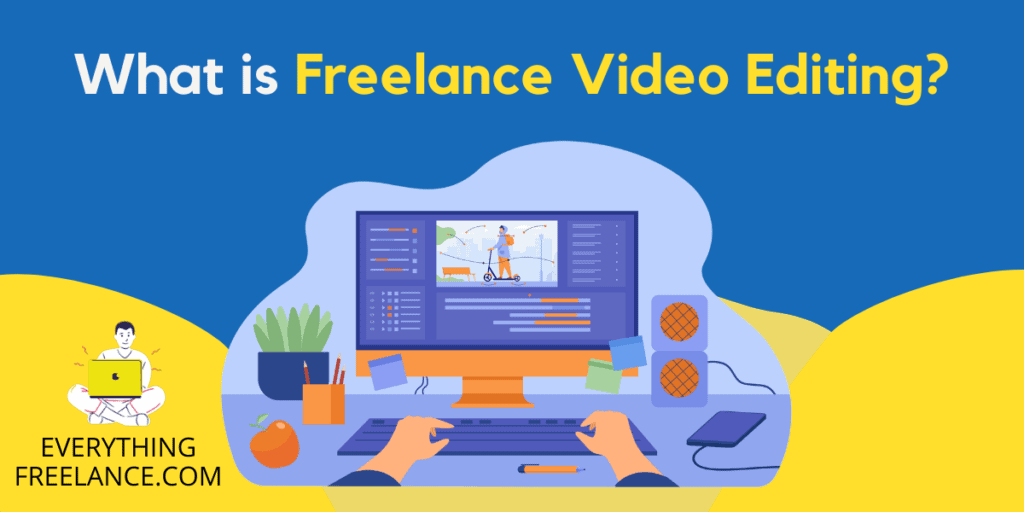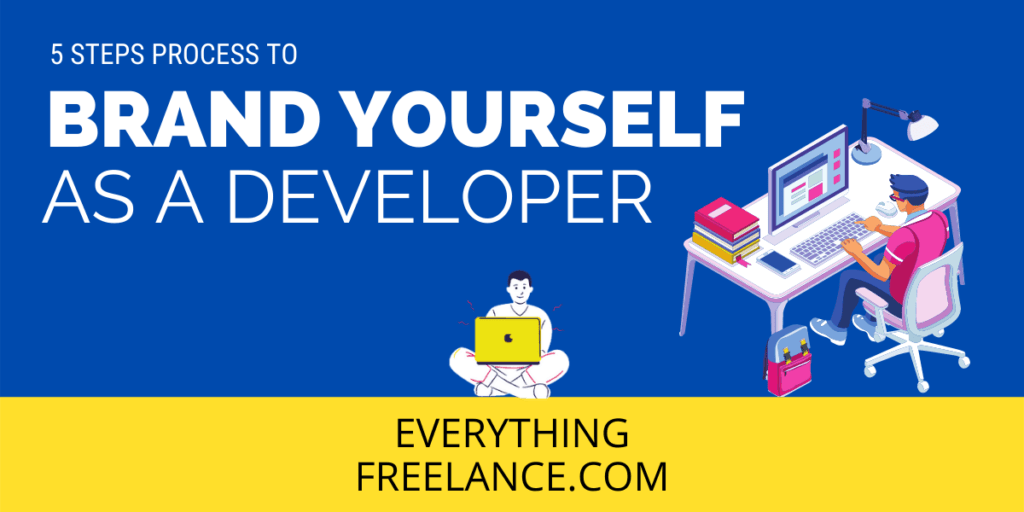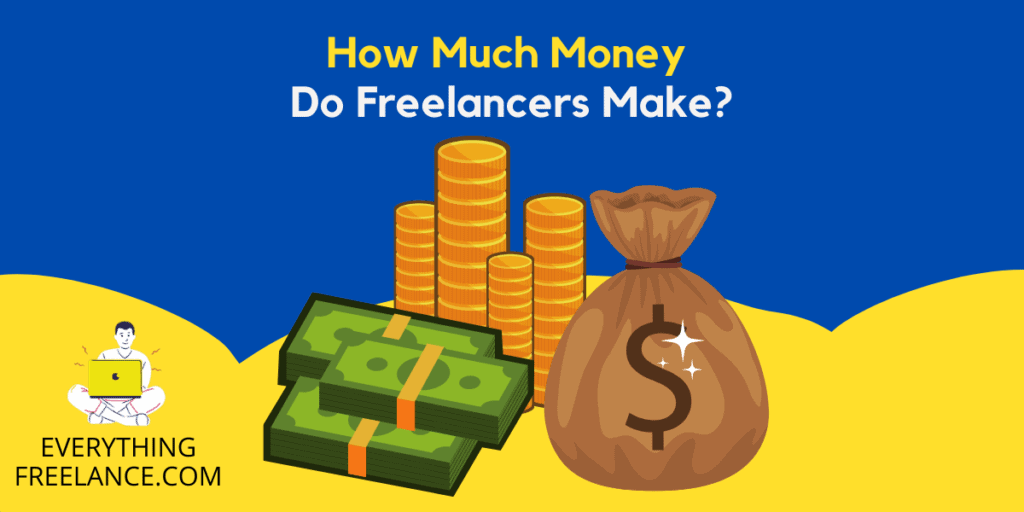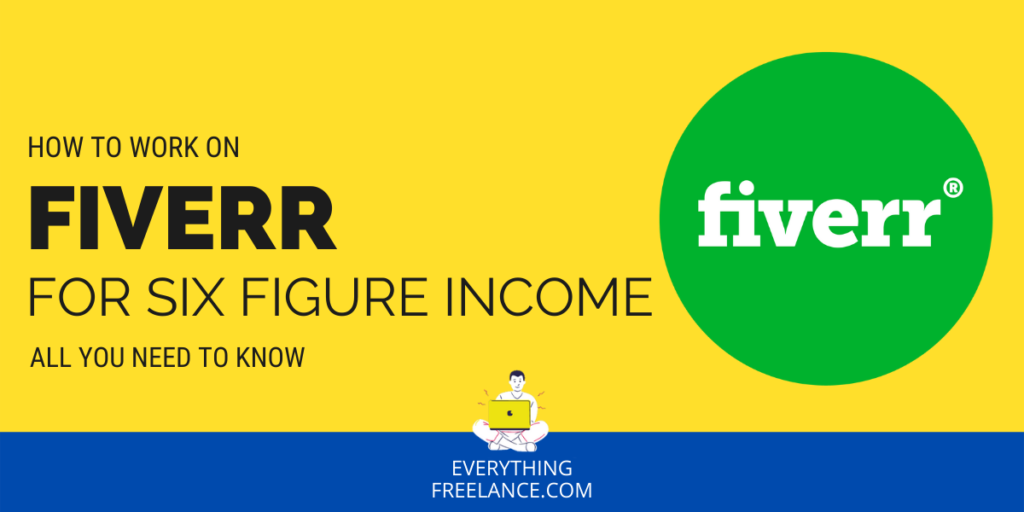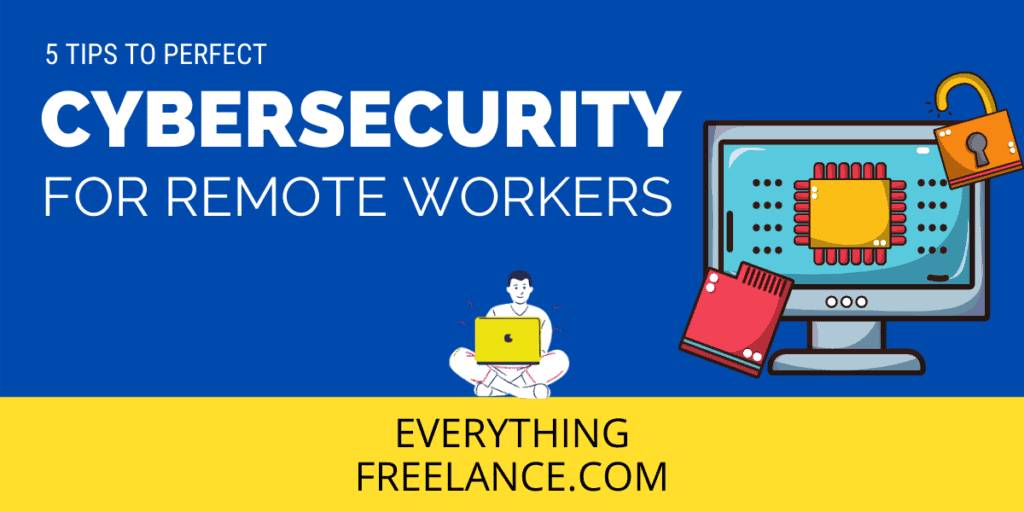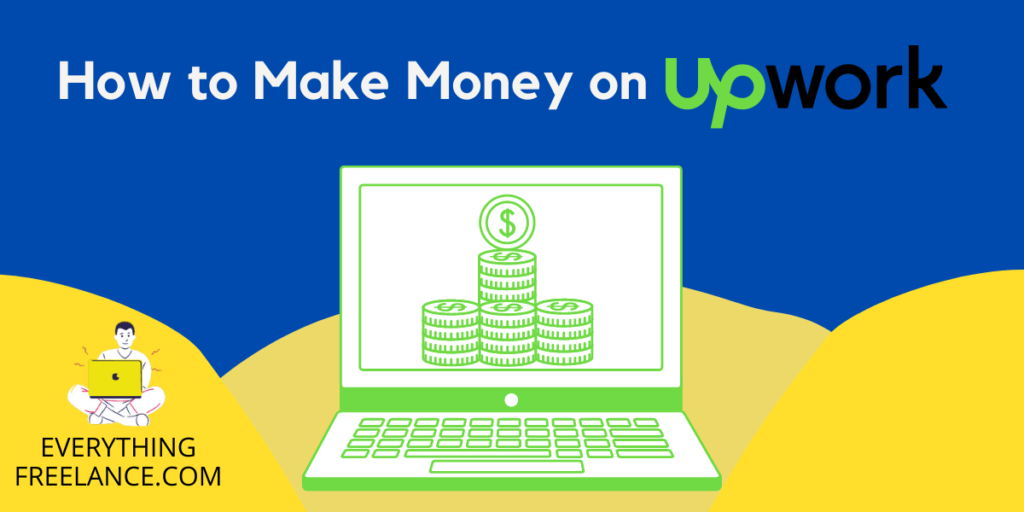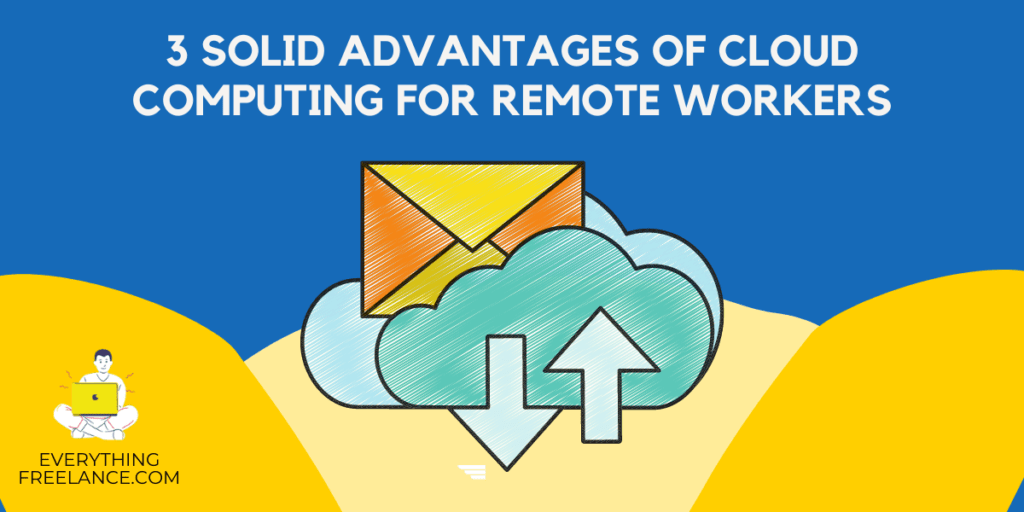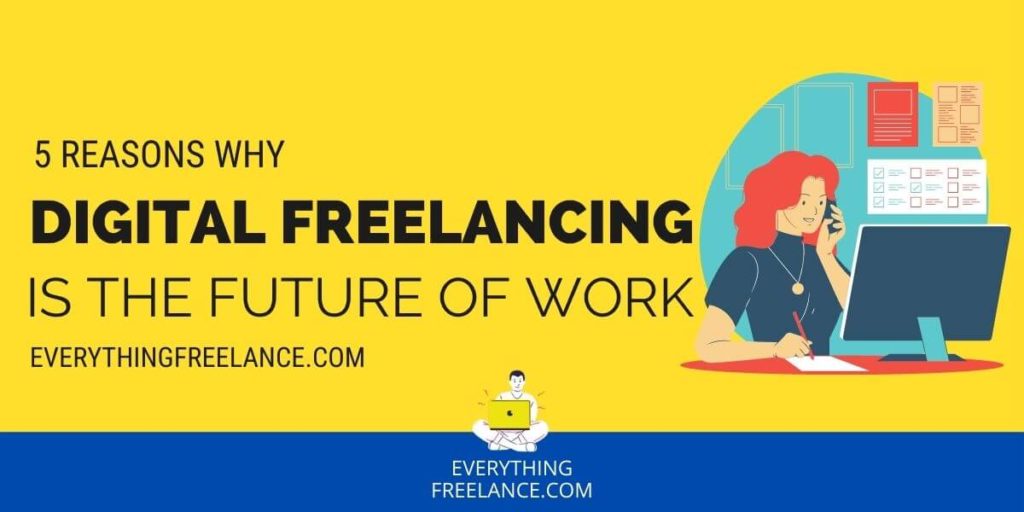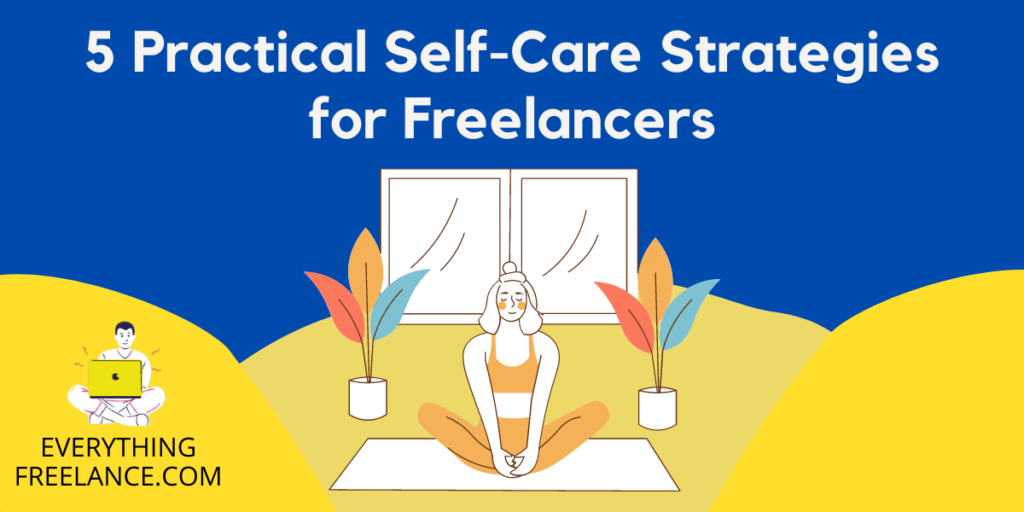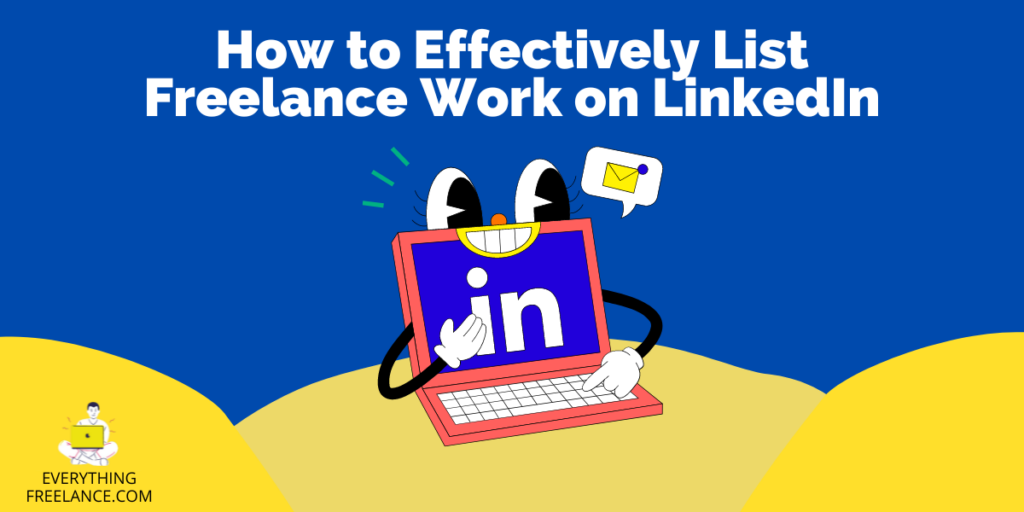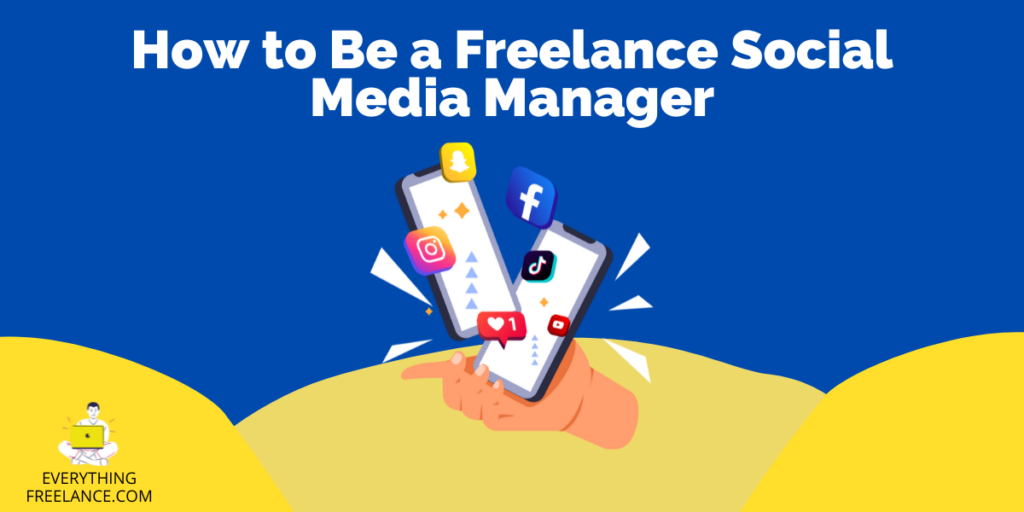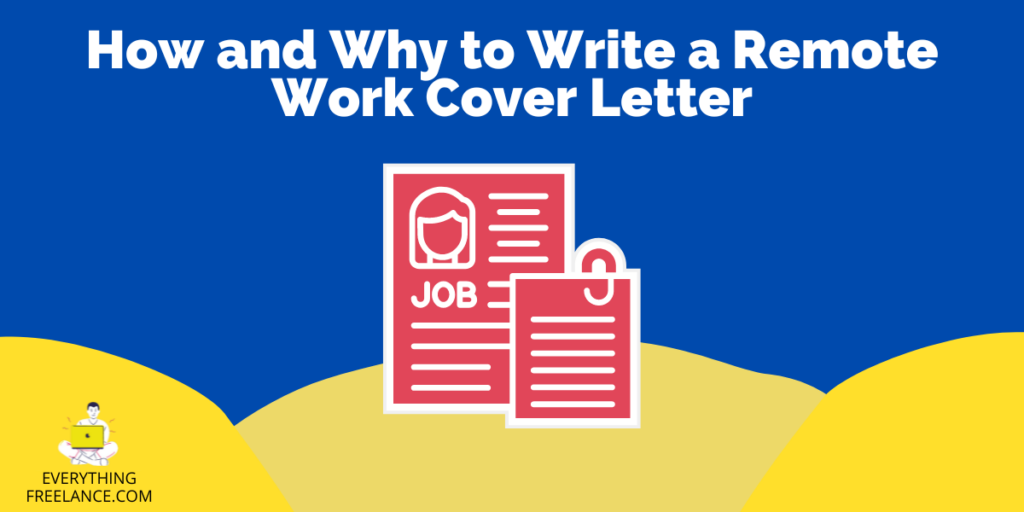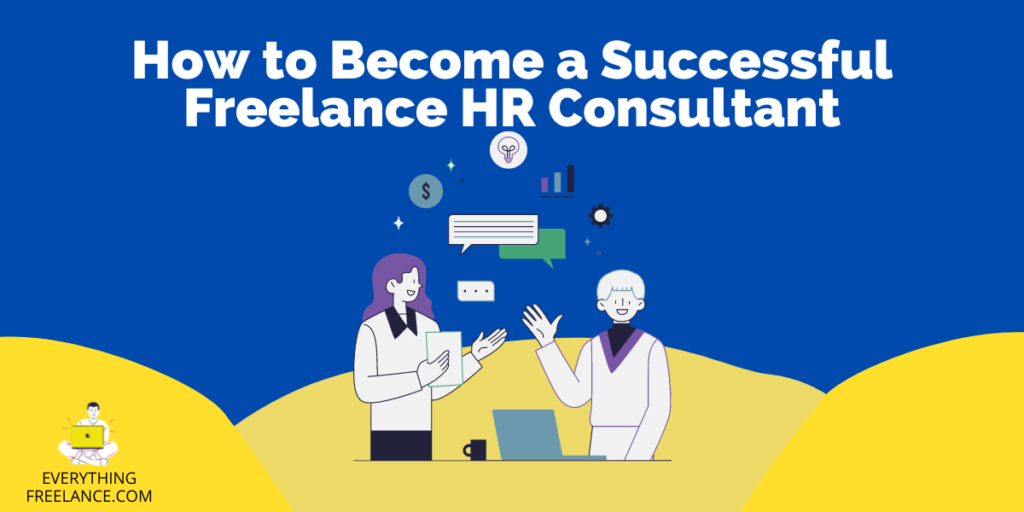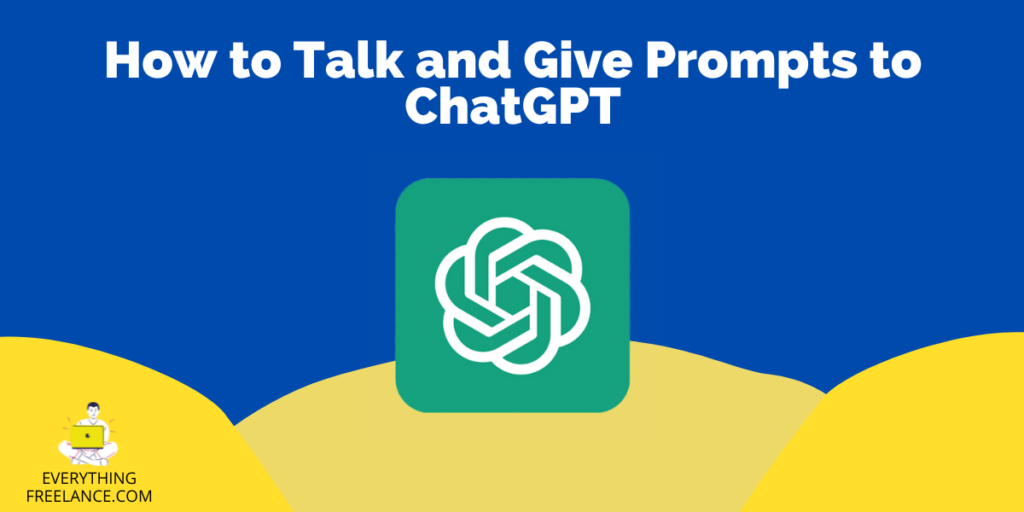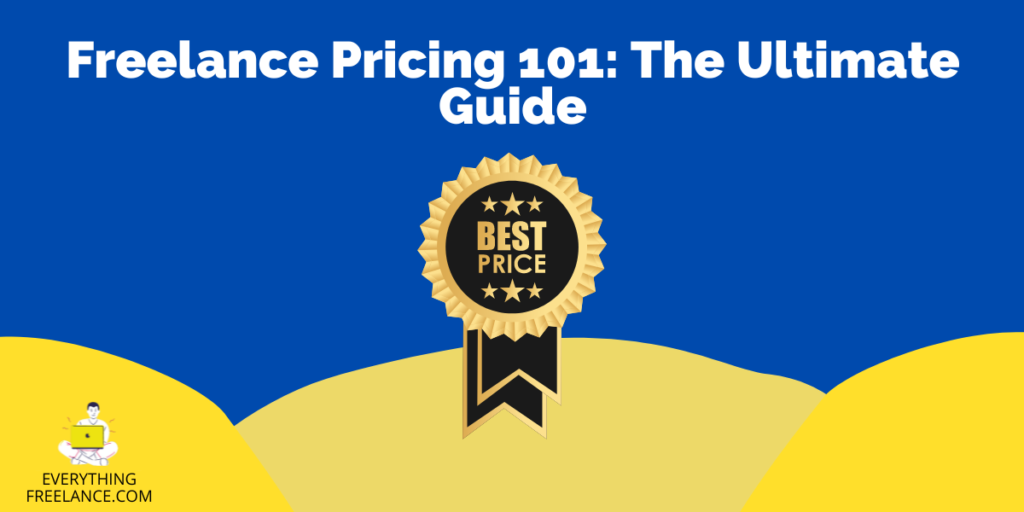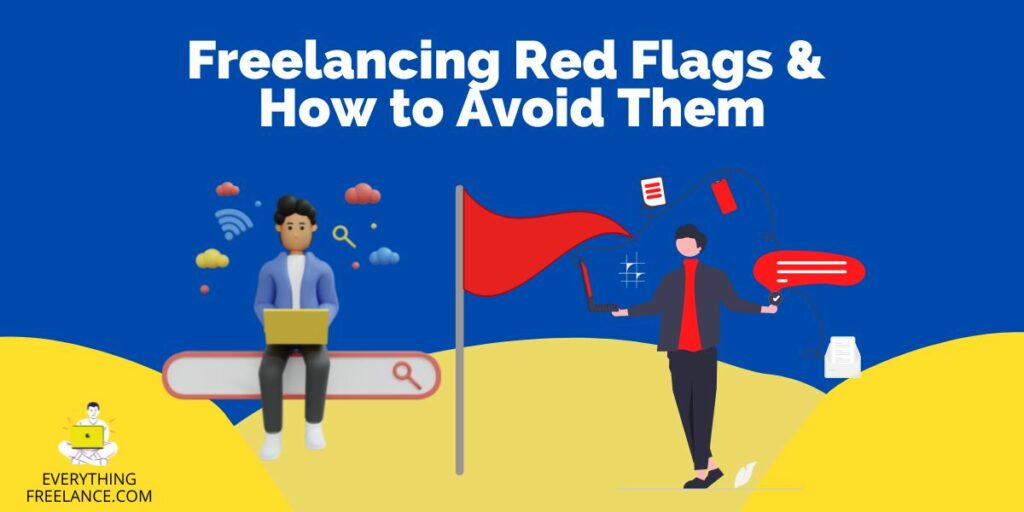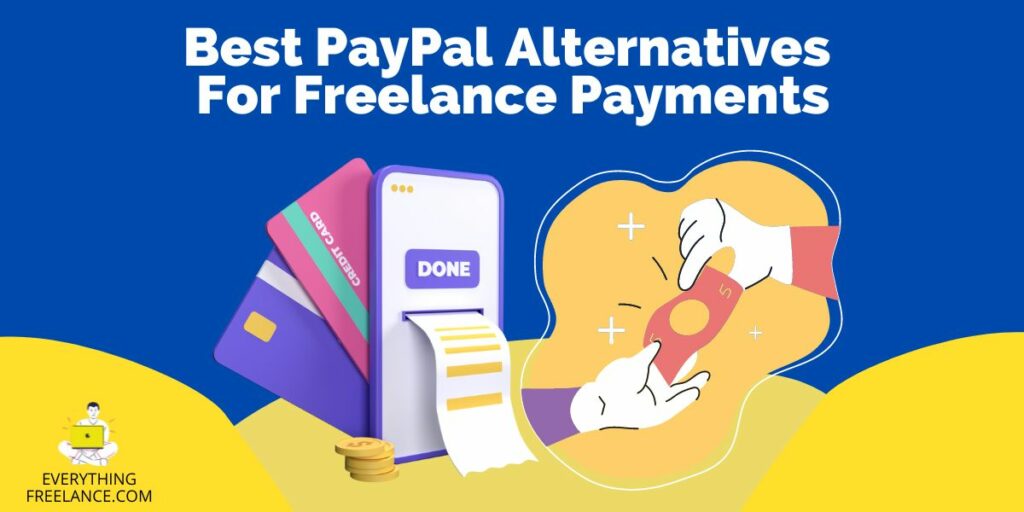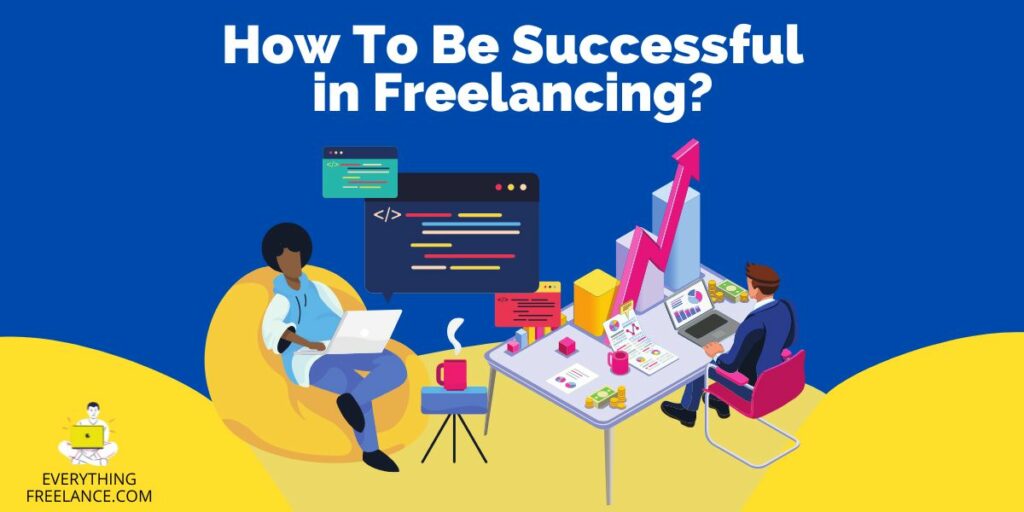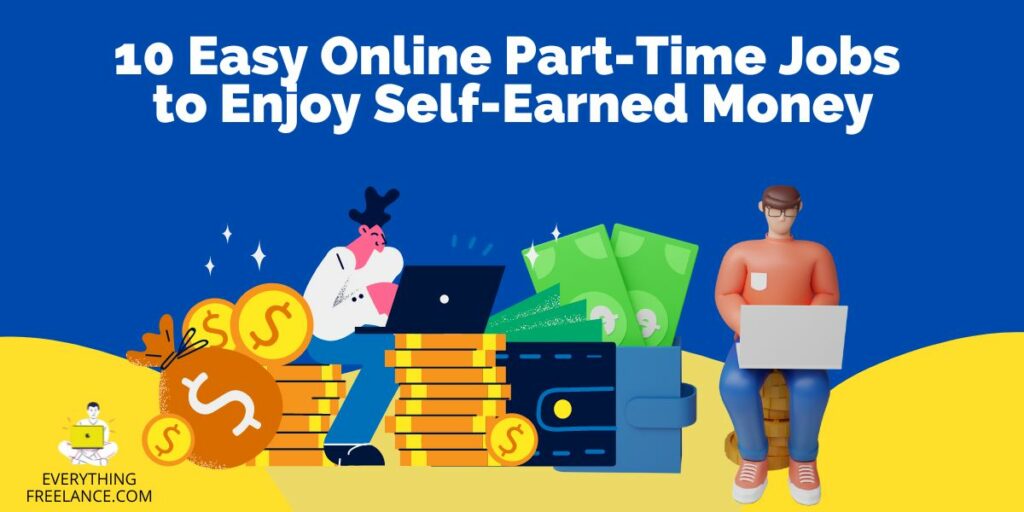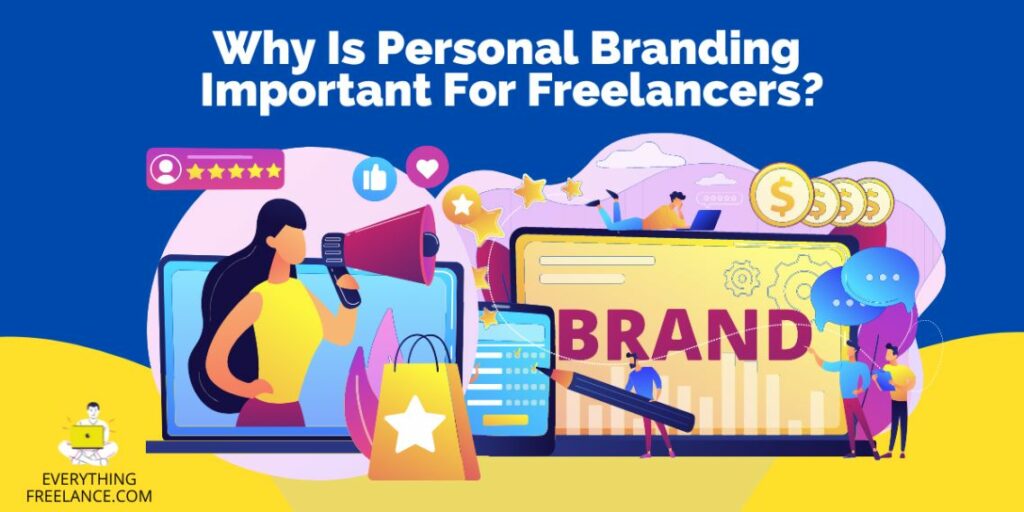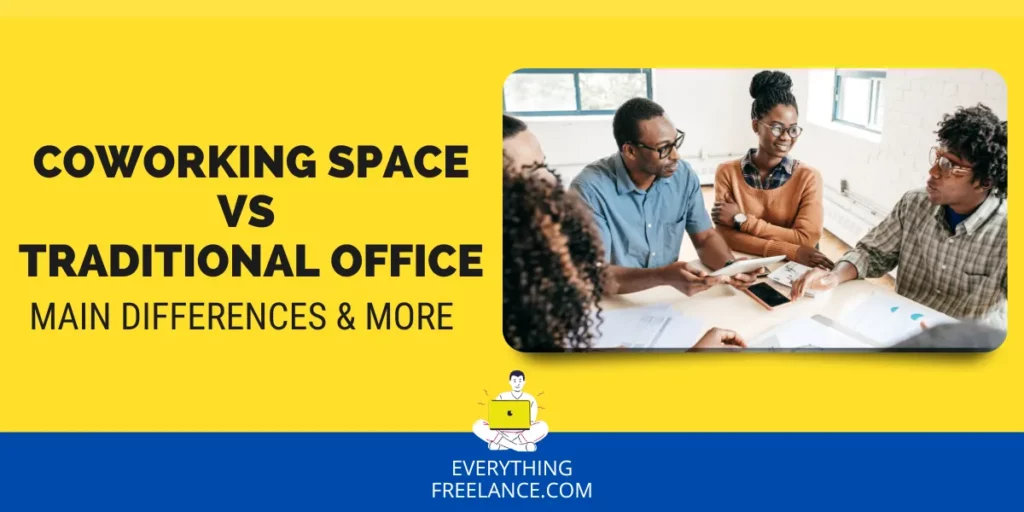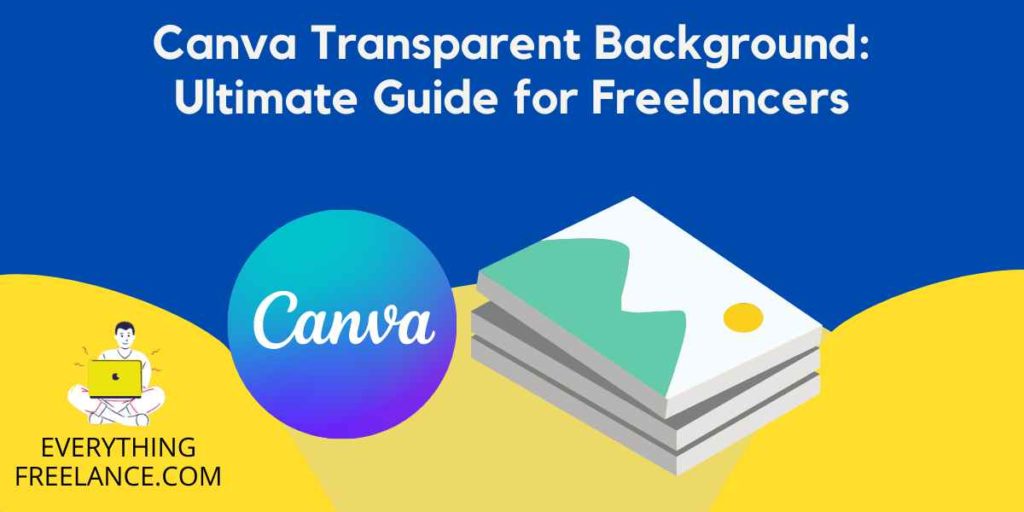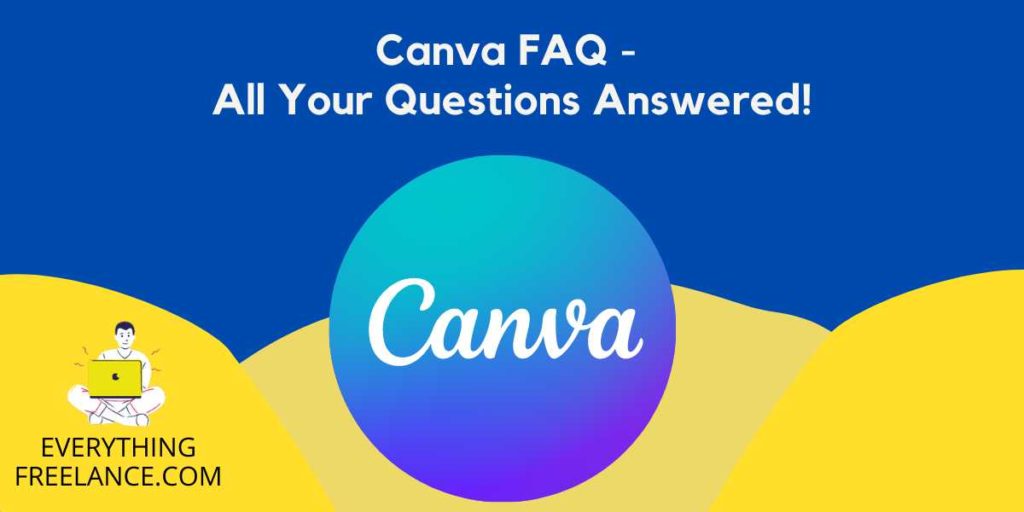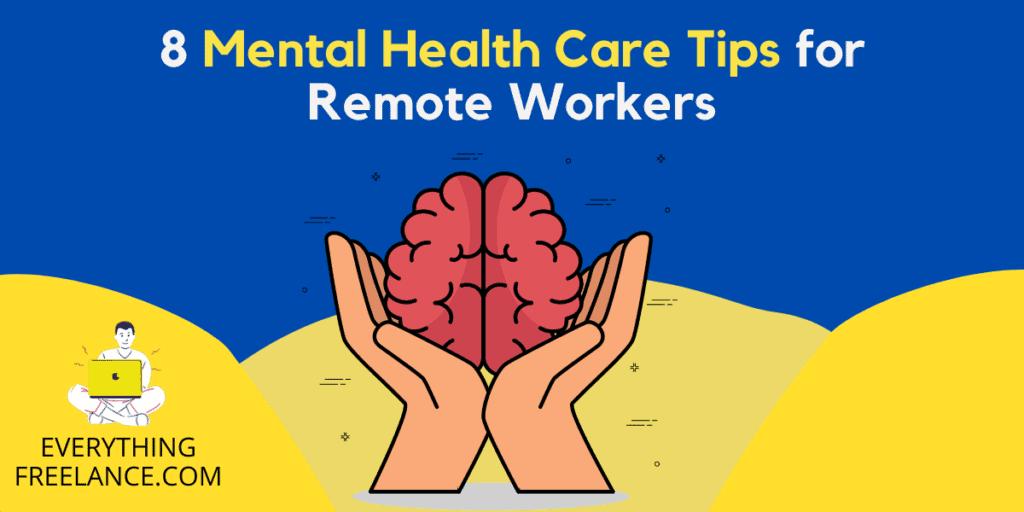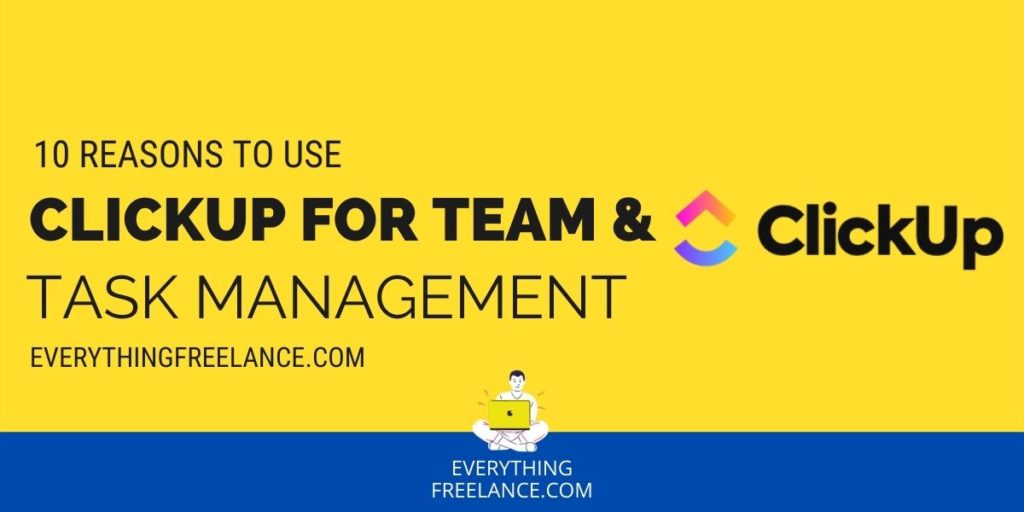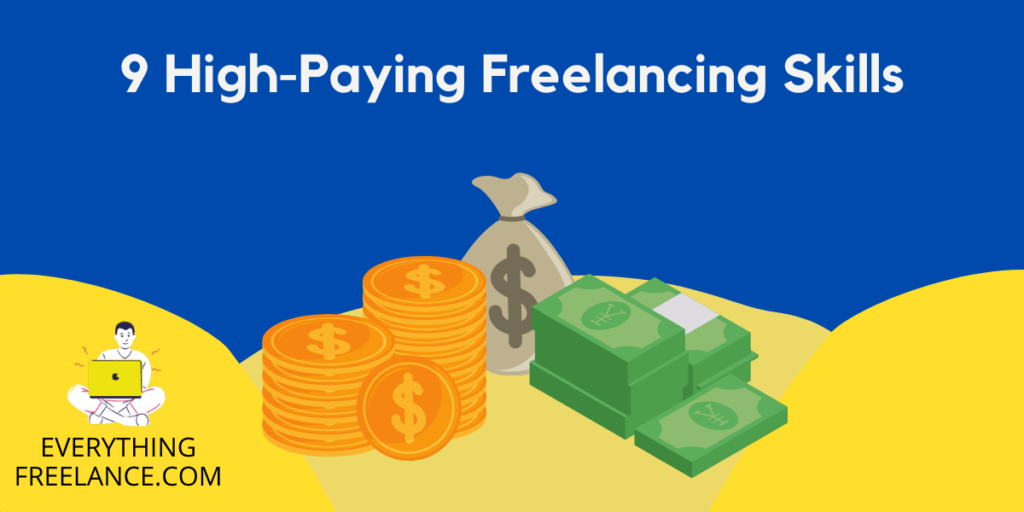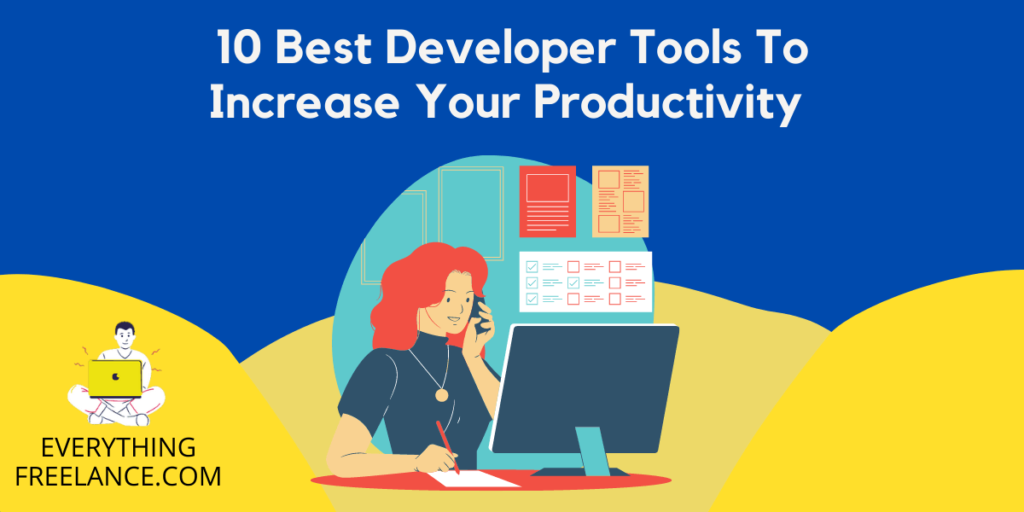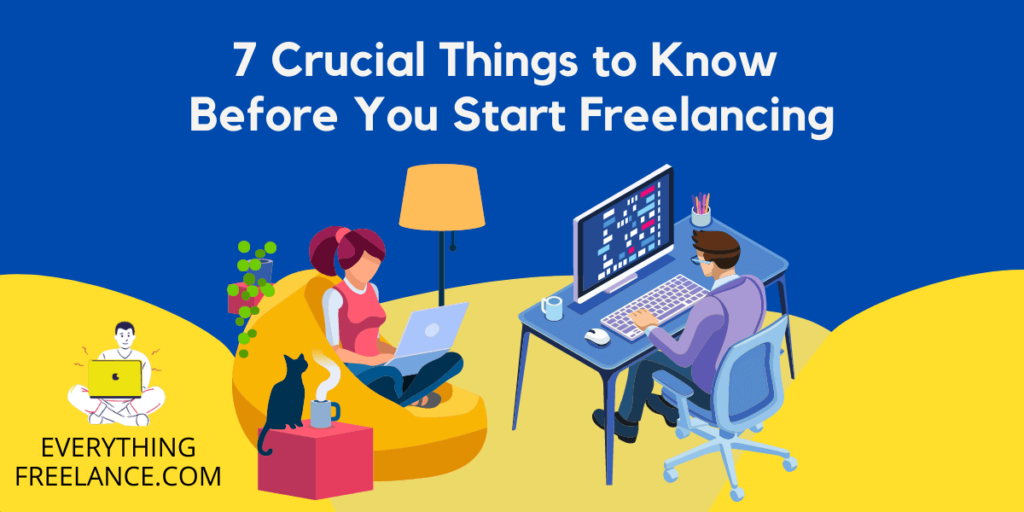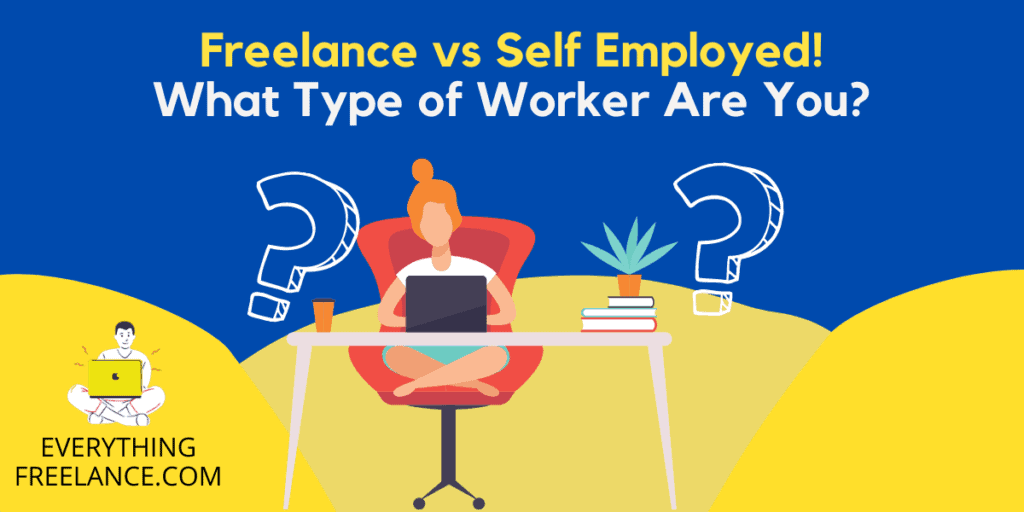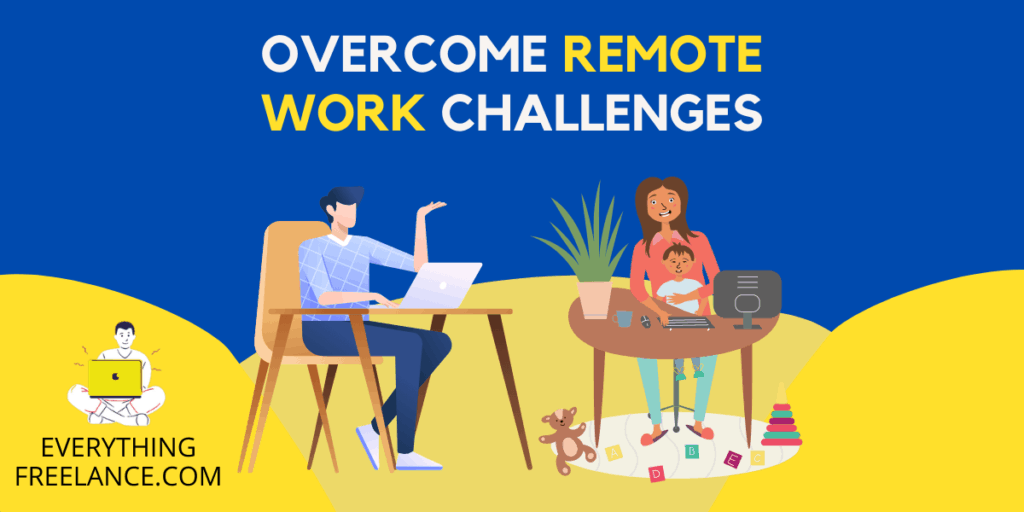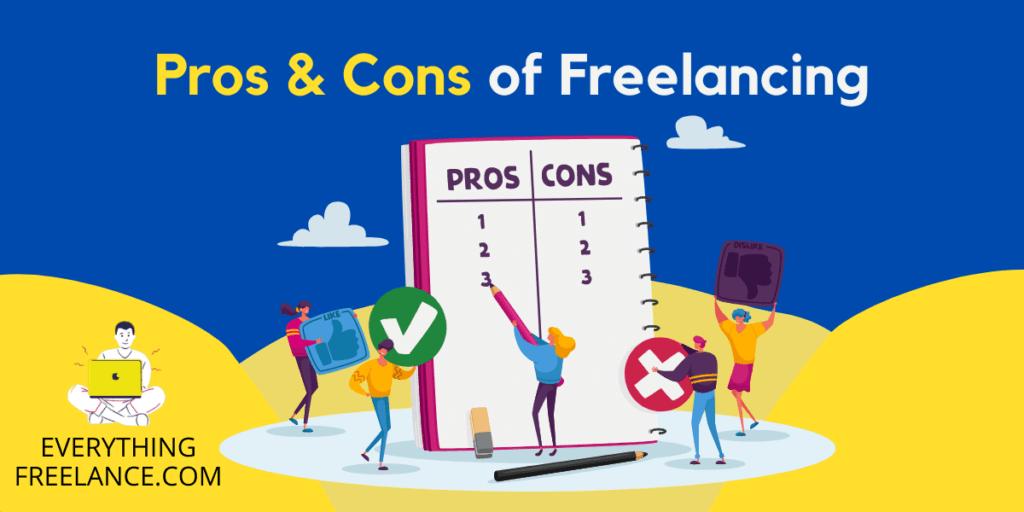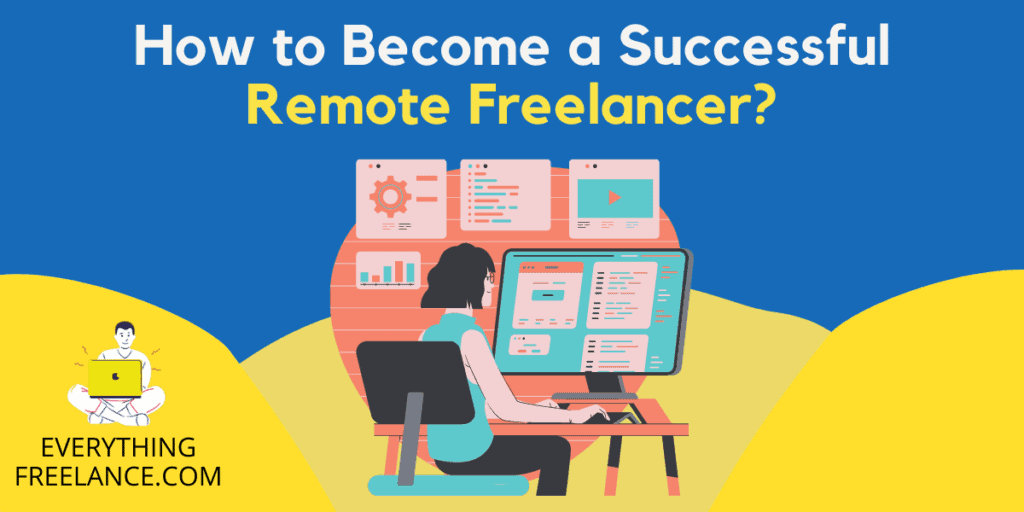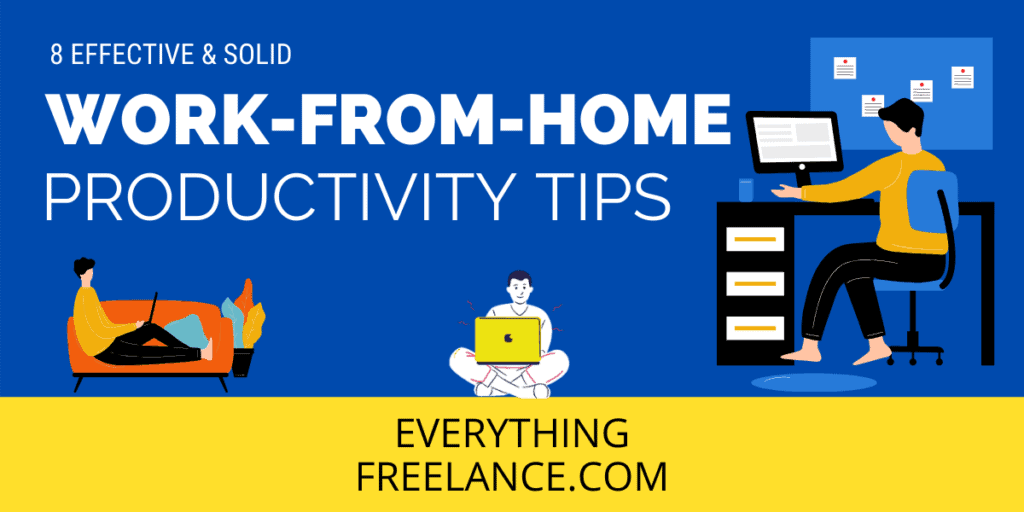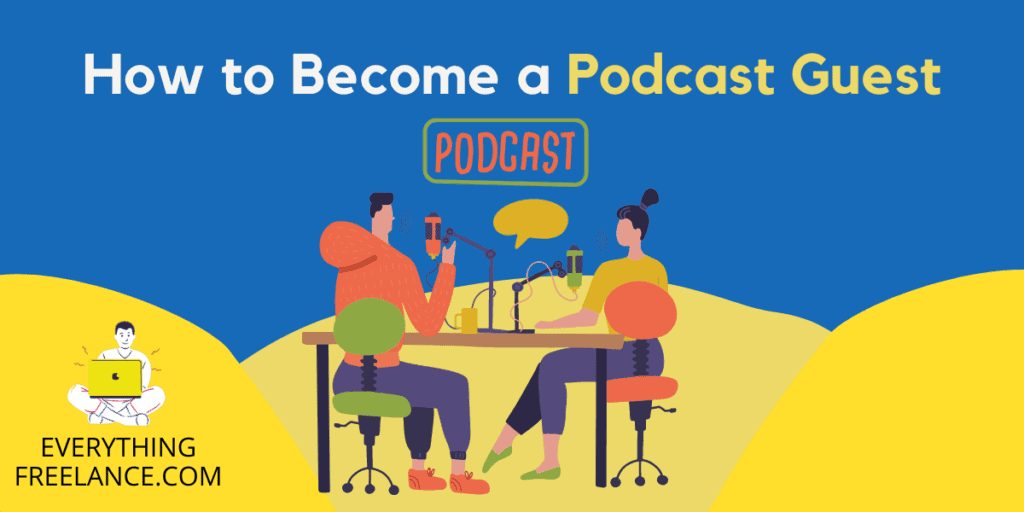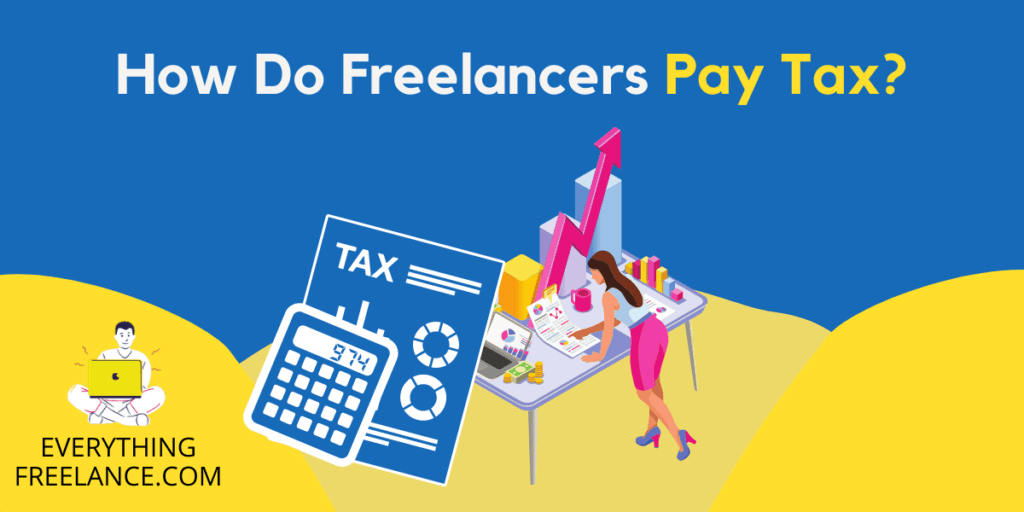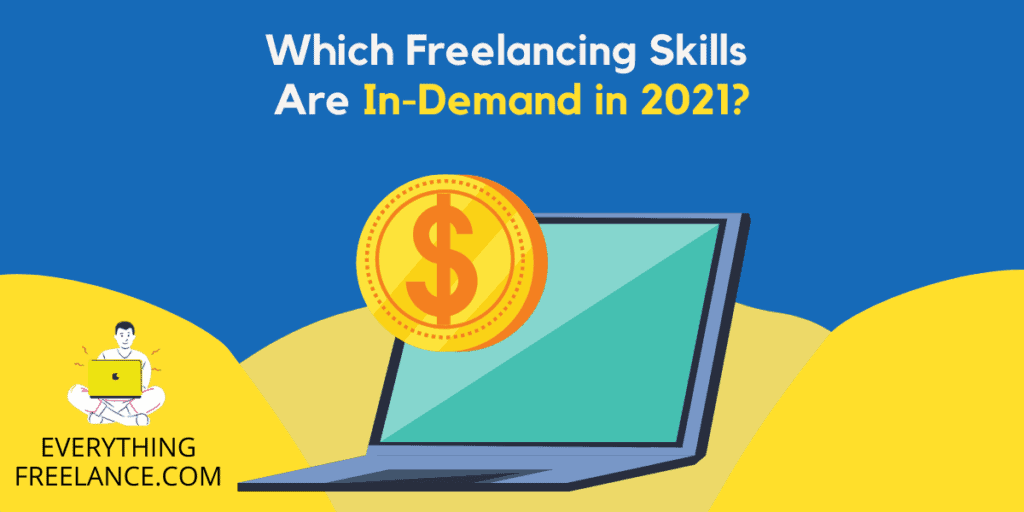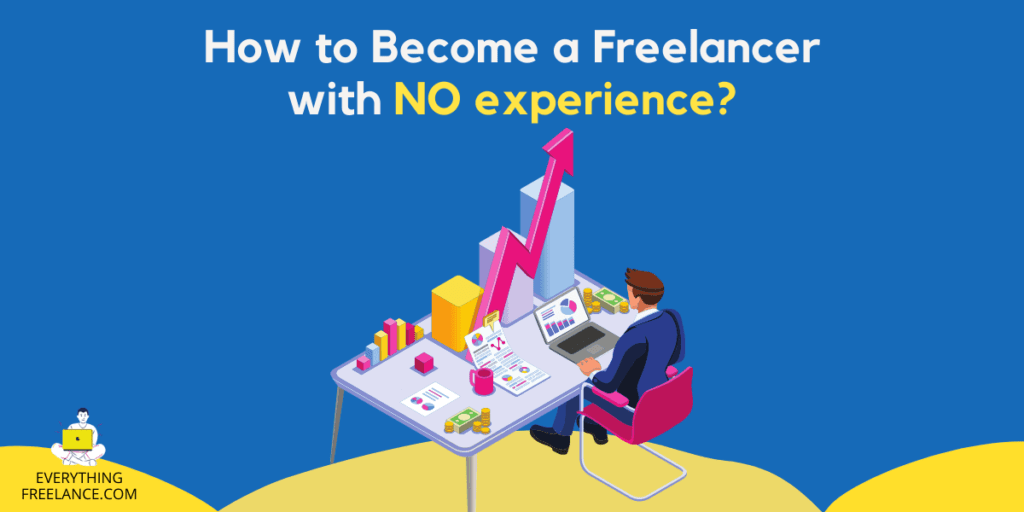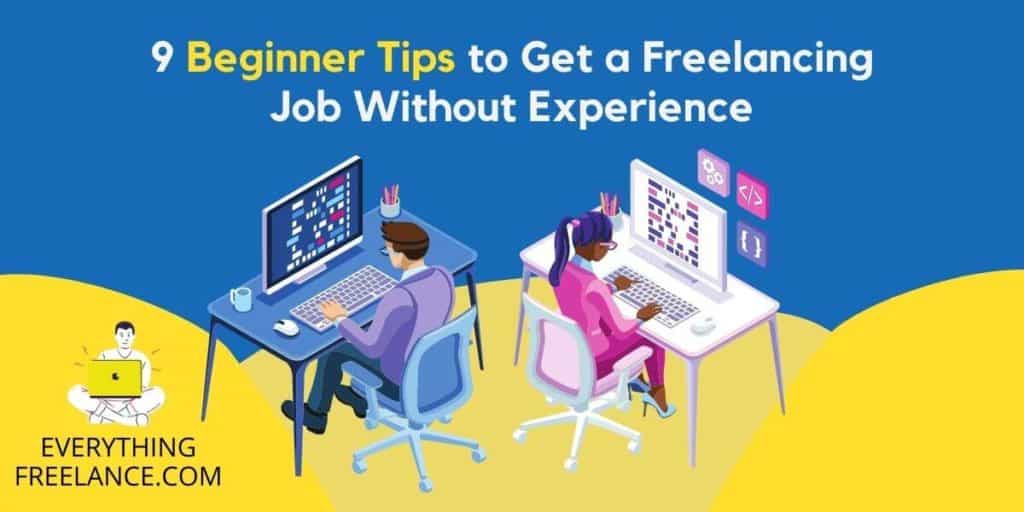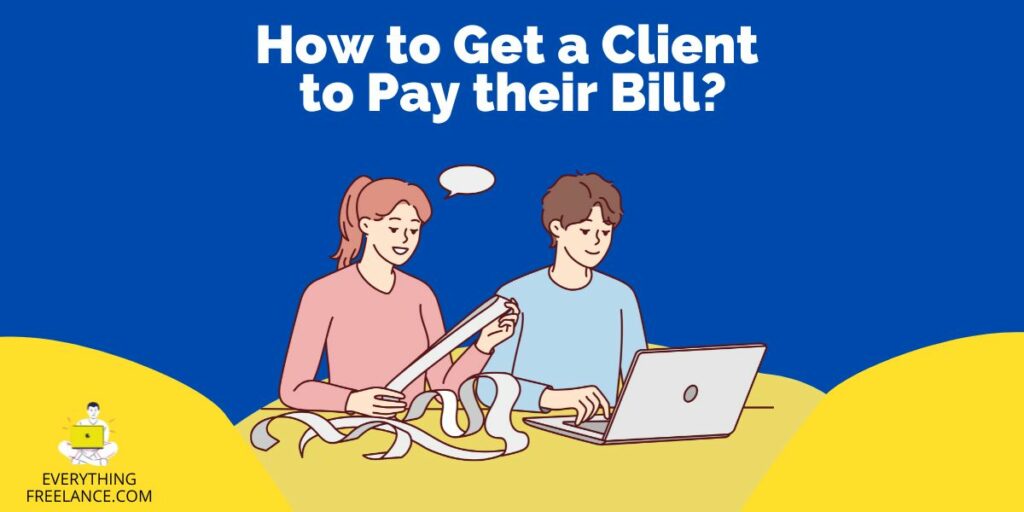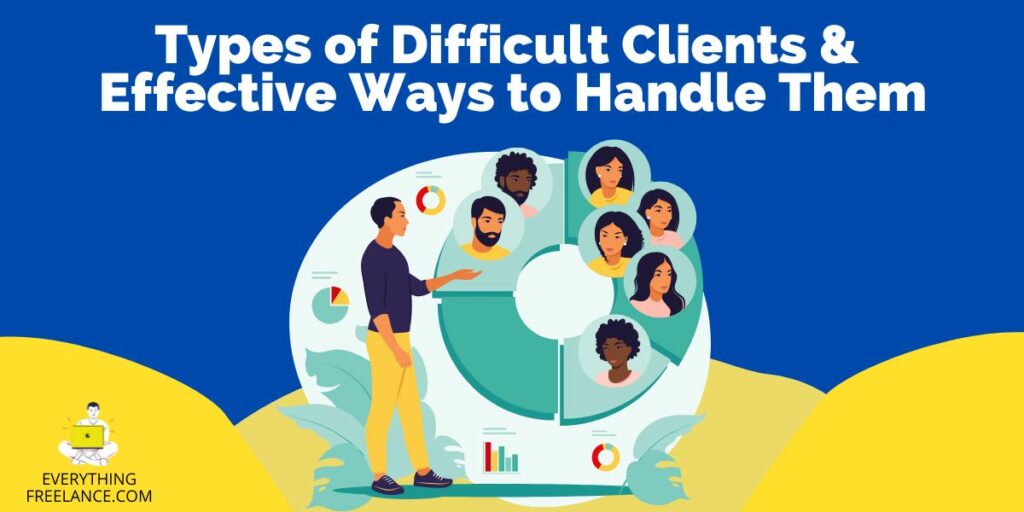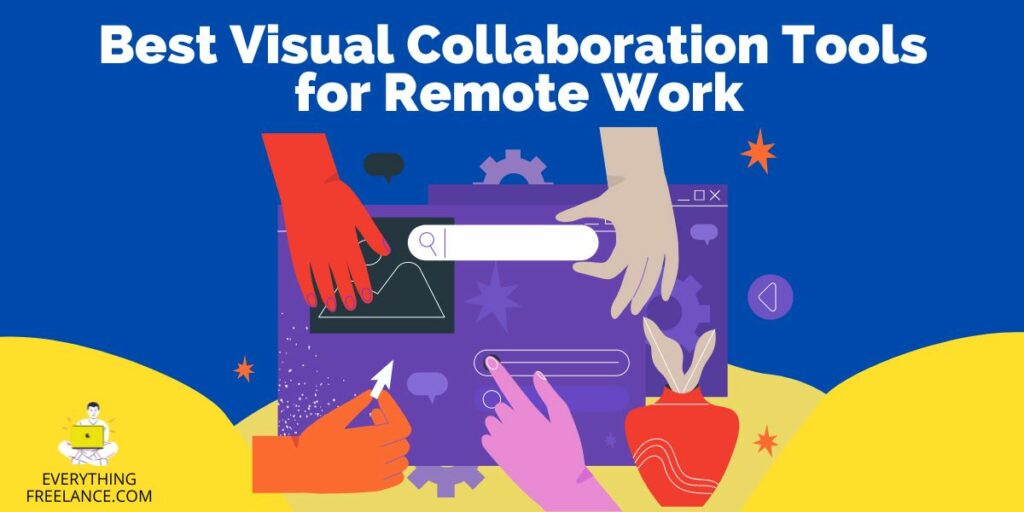Over the last decade, the gig economy has transformed the way we work. Access to remote work has changed the definition of work and the workplace. People are working from home and as consultants. A survey showed that 53 million Americans are now freelancing. This population contributes $715 billion to the economy through their freelance work.
Employers and workers may not want to go the whole freelance job route. From an employer’s point of view, they prefer the implied commitment that goes along with the full-time employee. Workers may prefer the stability of a full-time job or find benefits like health insurance and a retirement fund desirable.
Employees yearn to be their boss and to work on their schedule. Many freelancers envy the stability and security of a full-time salaried employee. The grass may look greener on the other side, but when it comes to deciding what is best for you. You will have to consider your priorities and circumstances. Both fields have their pros and cons, and what is right for you depends on how you want to work.
In this article, we’re going to compare both the advantages of freelancing and full-time employment to help you make a better choice.
Stability Vs Flexibility:
Full-time employees have the job security, of an employment contract. A predictable working schedule and income, that help them to plan for the future of budgeting.
Freelancers will not get paid for single-day work. There will be no guarantee of next week’s working hours or next day’s work. Their income fluctuates and is unpredictable. They have the freedom to work whenever and wherever they like at their comfort. Freelancers determine the hours they work. They can offer services to multiple clients simultaneously and earn more if they meet the deadlines.
Benefits Vs Struggle:
The big advantage of full-time employees is that they can access benefits like health insurance, paid vacation time, sick leaves, parental leaves, and retirement schemes. Companies organize pieces of training that help to develop your skills for free.
Freelancers work from home and are on their own. They arrange their health insurance and do not get any paid leave while taking time off. They plan for their retirement themselves. Freelancers do training to develop their skills on their own.
Security Vs Instability:
Full-time employees are more secure than freelancers because they get a regular paycheck each month. Even if you get fired or you’ll receive a notification.
Freelancing work can be unstable. One month you’ll have a lot of work and the next month you may struggle to get a single assignment. This makes it hard to plan and manage financial affairs. They might also lose their regular clients. Freelancers have multiple clients that they can rely on for income.
Control Vs Freedom:
Full-time employees have a boss who tells them what to do. They have fixed working hours and must work within the rules of the organization that can be quite extensive. They have less control over their work and always must report to their seniors.
Freelancers have total control. They choose what to work on. How long to work and when not to. If an assignment doesn’t interest them, they are free to reject it. They do have a different boss for each assignment, who gives them instruction, but they can always opt out of it.
Social Life:
Full-time employees get a ready-made social network. Since they work with the same people every day, they are likely to become friends with most or at least a few of them. Companies also organize social events and trips often for their employees.
Freelancers are often alone as they work from their personal space most of the time. Even if they work on-site for a company, they are leaving soon.
Full-time employment offers you less time to spend with your family, friends, and life partner due to regular office times. But freelancers can always make great way to reschedule their work and spend ample time with their family and friends.
Office Politics:
Not every workplace has office politics. In many people and organizations, there are power or personality clashes to deal with.
Freelancers don’t have to deal with office politics as they are not tied to a company. They have multiple bosses in various organizations, which usually helps detached from office politics.
Motivation:
Working for a single company provides you with motivation in very structured ways. At the end of each year, you get performance reviews that determine whether you will earn more next year, which may get you a bonus, an incentive, or a promotion.
Freelancers must motivate themselves. They must find their clients, do their marketing, and negotiate their contracts. They always keep themselves out there and organize their own time to make sure that they stay on top.
Regular Job Vs Freelancing Pros & Cons:
Regular Job Pros & Cons:
Pros:
- Steady paycheck
- Structure and consistency to your schedule
- Consistent workflow
- Focusing on delivering work instead of generating new sales, work.
- Company benefits
Cons:
- Limited earning potential
- Less sense of ownership
- Lack of freedom
- Feeling stuck if there’s a lack of mobility
- Lack of time, energy, or focus to pursue a passion project.
Freelancing Pros & Cons:
Pros:
- Freedom with a flexible schedule.
- Choosing who you want to work with.
- Unlimited earning potential.
- Tackling a variety of projects and clients.
Cons:
- Feeling isolated
- Hustling 24/7 for new gigs
- Inconsistent work and cash flow
- Juggling multiple clients
- No paid time off, no paternity leave
10 questions to help you decide
To help you make an informed decision between freelancing and being an employee, consider these ten questions that can shed light on your preferences and circumstances:
What drives your motivation?
Freelancer example: I value work-life balance, remote work, and the freedom to choose my projects.
Employee example: I seek financial security and job stability but desire more flexibility.
What attracts you to freelancing?
Freelancer example: The appeal lies in diversifying work and managing multiple clients.
Employee example: Potential for higher income compared to a salaried job.
What appeals to you about traditional employment?
Freelancer example: Familiarity with being an employee and concerns about starting as a freelancer.
Employee example: The allure of a consistent salary, benefits, and predictable income.
Do you possess marketable skills?
Freelancer example: Yes, my skills align with in-demand freelancing opportunities.
Employee example: My expertise is diverse, and I have a varied skill set.
Do you thrive in group environments?
Freelancer example: Collaboration is enjoyable, but working from home is preferred.
Employee example: Strong preference for a social, team-oriented work setting.
Do you enjoy client interactions?
Freelancer example: Client engagement is rewarding, and I’m confident in promoting my services.
Employee example: Not inclined towards client-facing roles, prefer working behind the scenes.
What is your financial situation?
Freelancer example: I have a savings buffer but need steady income within six months.
Employee example: Unable to sustain income gaps, require a comparable freelance income.
Do you have an extensive network?
Freelancer example: I’ve cultivated industry connections that could lead to potential clients.
Employee example: Familiar with industry contacts but reluctant to engage in networking.
Can you test freelancing part-time?
Freelancer example: Willing to start with small freelance projects and commit time to job hunting.
example: Current workload leaves limited time for freelancing exploration.
Are you self-disciplined at work?
Freelancer example: Self-motivated, meet deadlines independently, and proficient in time management.
Employee example: Discipline varies based on goals and team dynamics.
These questions can help you evaluate whether freelancing or traditional employment aligns better with your goals, skills, and preferences.
Tips for successful work-life balance
Achieving a successful work-life balance is crucial for overall well-being and productivity. Here are some tips to help you maintain this delicate equilibrium:
Firstly, set clear boundaries. Establish specific working hours and stick to them, just as you would with a traditional job. This helps prevent work from encroaching on your personal life.
Secondly, prioritize self-care. Regular exercise, a balanced diet, and adequate sleep are fundamental. These habits rejuvenate your physical and mental health, enabling you to be more efficient when you’re working.
Moreover, learn to say no. Overcommitting can lead to burnout. Assess your workload realistically and don’t hesitate to decline extra tasks if they threaten your balance.
Additionally, schedule regular breaks during your workday. Short pauses can boost productivity and reduce stress, allowing you to tackle tasks with renewed focus.
Lastly, make quality time for family, friends, and hobbies. Allocate specific blocks in your calendar for these essential aspects of life. Nurture your relationships and engage in activities that bring you joy outside of work.
Remember, work-life balance is a personal journey, and it may require adjustments along the way. Prioritize your well-being to lead a more fulfilling and harmonious life.
Wrapping Up:
You have seen both sides of choices, their goods, and bad. It depends on your personality, and what you want from your own professional network and life. There is nothing like one path is better than the other. They are different in their pros and cons.
If you are highly motivated, like variety, like being a boss, choose the projects you want to work on. If you find daily office life stressful, then freelancing is a better option for you. Choosing either of them will not bind you with it forever. You can always move back and forth between freelancing and self-employment if your preferences change with time.
Engage in some self-analysis, understand what you want from your career and decide which career path is perfect or right for you.
